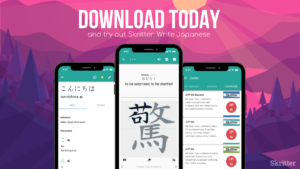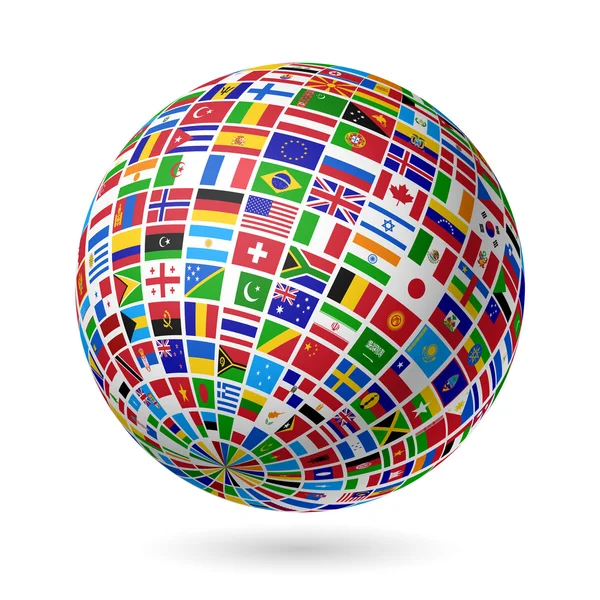
Some country names in Japanese are spelled only in Kanji (like East Asian countries), but other countries are spelled using Katakana, which is used for loanwords in Japanese.
For instance, America is アメリカ (Amerika). Canada is カナダ (Kanada). England is イギリス (Igirusu). You might be wondering how “England” turned into “Igirisu”– it’s because the word came from Portuguese and not English. 🤔
With that said, some things like newspapers sometimes use a Kanji version of a country’s name or a Kanji abbreviation, even though it’s typically spelled using Katakana alone.
This comes from a long long time ago, where it was more typical for concepts to be adopted with a Kanji version of the word versus Katakana, and so many countries have a kanji version of the word.
Nowadays, an abbreviated form is sometimes used to indicate a country. For instance 米国 (Beikoku) is “America”, however 米 can be used as an abbreviation for America. England is 英国 (Eikoku), and 英 is used as an abbreviation for England.
Funnily enough, those are two different and much more modern Kanji versions of America and England, where the other versions are 亜米利加 (America) and 英吉利 (England), and are much more archaic.
Here are 5 countries that only use Kanji–
1.日本(にほん)Japan
2.中国(ちゅうごく)China
3.韓国(かんこく)Korea
4.北朝鮮(きたちょうせん)North Korea
5.台湾(たいわん)Taiwan
…And here is a list of countries, along with their Katakana version and Kanji version of their names.
America 亜米利加

The Katakana version of America is アメリカ (Amerika). However, the Kanji version of this is 亜米利加 — each Kanji can be read phonetically to spell out the sound of A-Me-Ri-Ka. This concept is called “Ateji” — it’s when Kanji is used only for it’s phonetic pronunciation and not taking in account the individual meaning of each Kanji. Though if you did, it would translate to something like “Sub Rice Advantage Addition”. Again, reading each character phonetically spells out “A-Me-Ri-Ka”.
Like mentioned earlier in the post, it’s more common to see America spelled in Kanji as 米国(べいこく)instead.
Canada 加奈陀
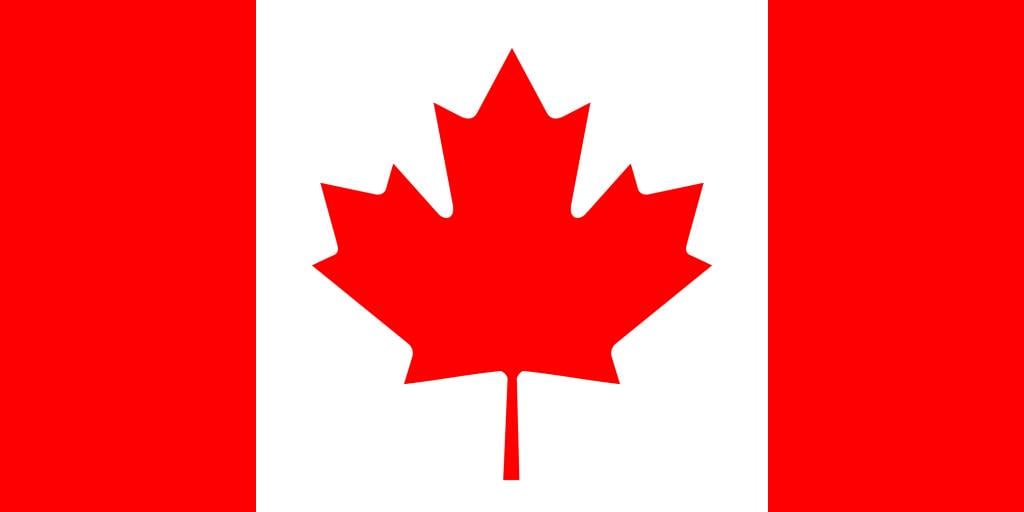
The Katakana version of Canada is カナダ (Kanada) and the Kanji version is 加奈陀. Notice that the first character 加 (か)is also used in 亜米利加 (Amerika) for the sound “Ka”.
England 英吉利

The Katakana version of England is イギリス (Igirisu) and the Kanji version is 英吉利. The first character is also used in 英国 (えいこく)or “Eikoku”, the more modern Kanji version of England.
France 仏蘭西
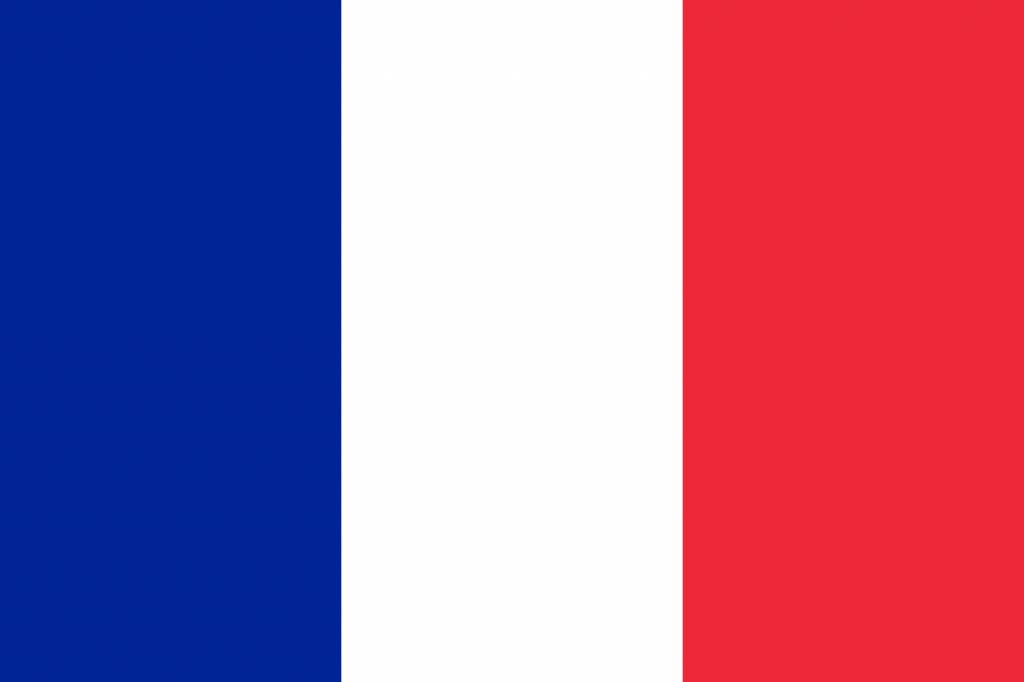
The Katakana version of France is フランス (Furansu) and the Kanji version is 仏蘭西. Each character translates to “Budda, Orchid, West”.
One sort of unique Japanese concept is something called パリ症候群 (ぱりしょうこうぐん)or “Pari shoukougun”, which is is a sense of disappointment by some when visiting Paris, who feel that it’s just not as beautiful as they expected it to be.
Italy 伊太利

The Katakana version of Italy is イタリア (Itaria) and the Kanji version is 伊太利. The abbreviated Kanji version uses just the first character, 伊.
Germany 独逸
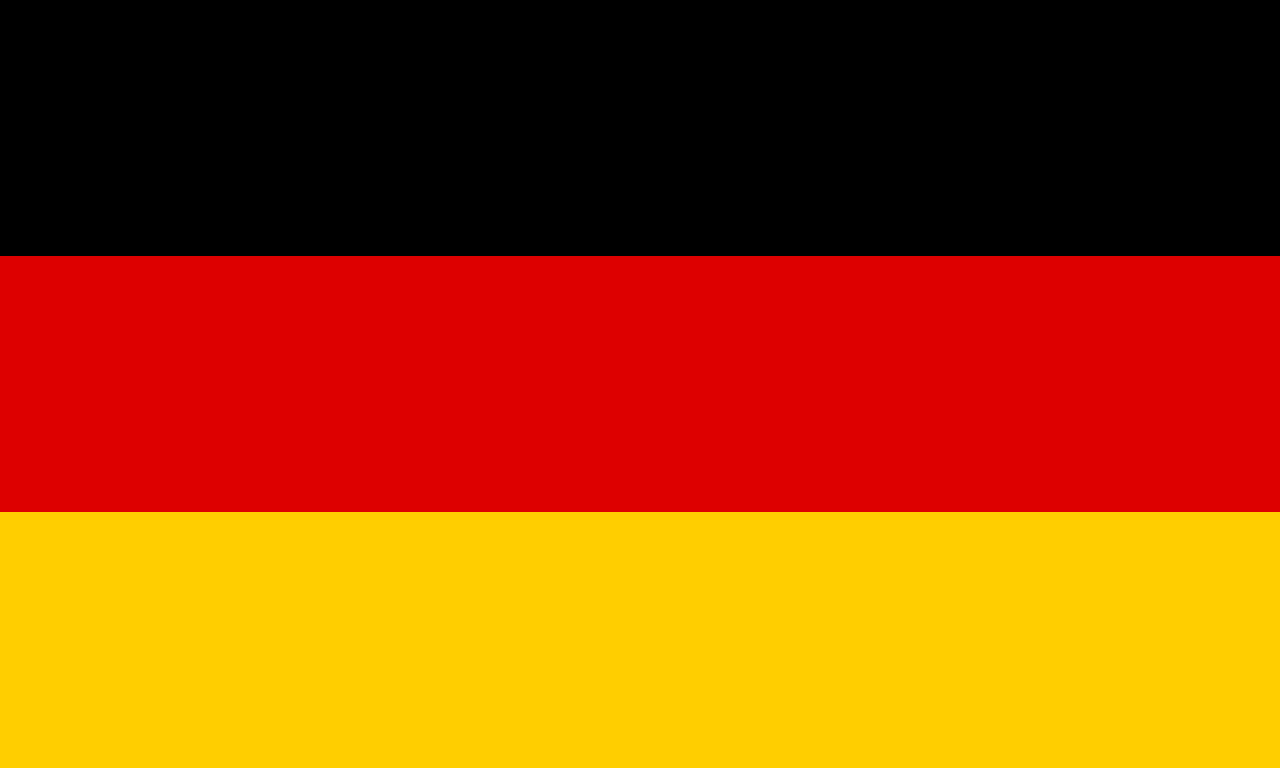
The Katakana version of Germany is ドイツ (Doitsu) and the Kanji version is 独逸. The pronunciation comes from the word “Deutsch” opposed to “Germany”.
Netherlands 阿蘭陀
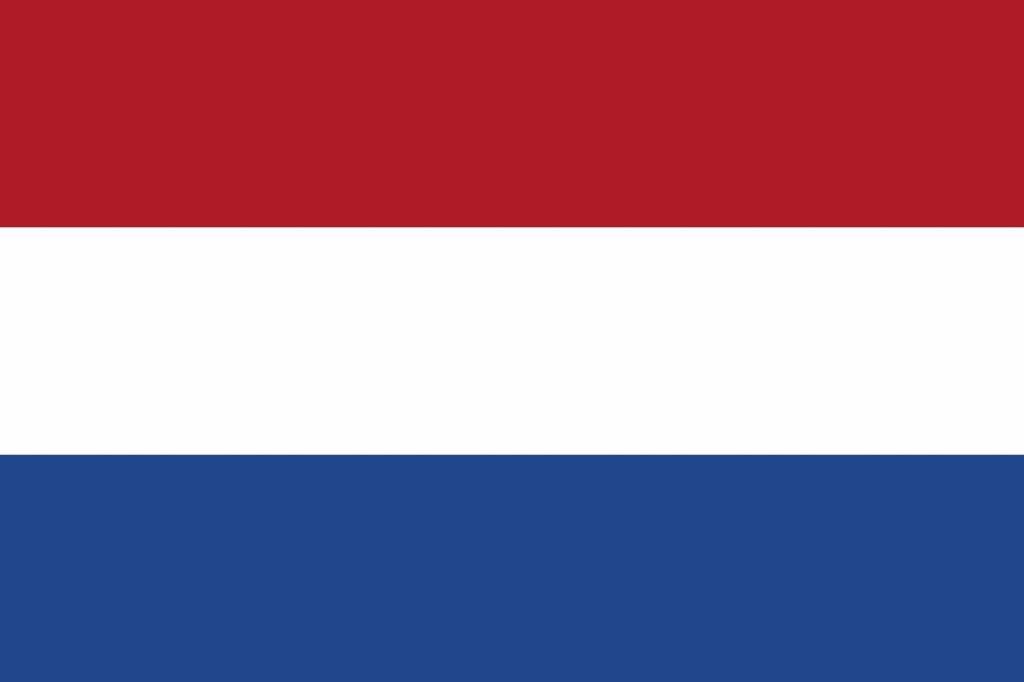
The Katakana version of the Netherlands is オランダ (Oranda) and the Kanji version is 阿蘭陀. The pronunciation comes from “Holland” opposed to “Netherlands”.
Thailand 泰

The Katakana version of Thailand is タイ (Tai) and the Kanji version is 泰. It’s just one syllable, so it only has one Kanji!
India 印度
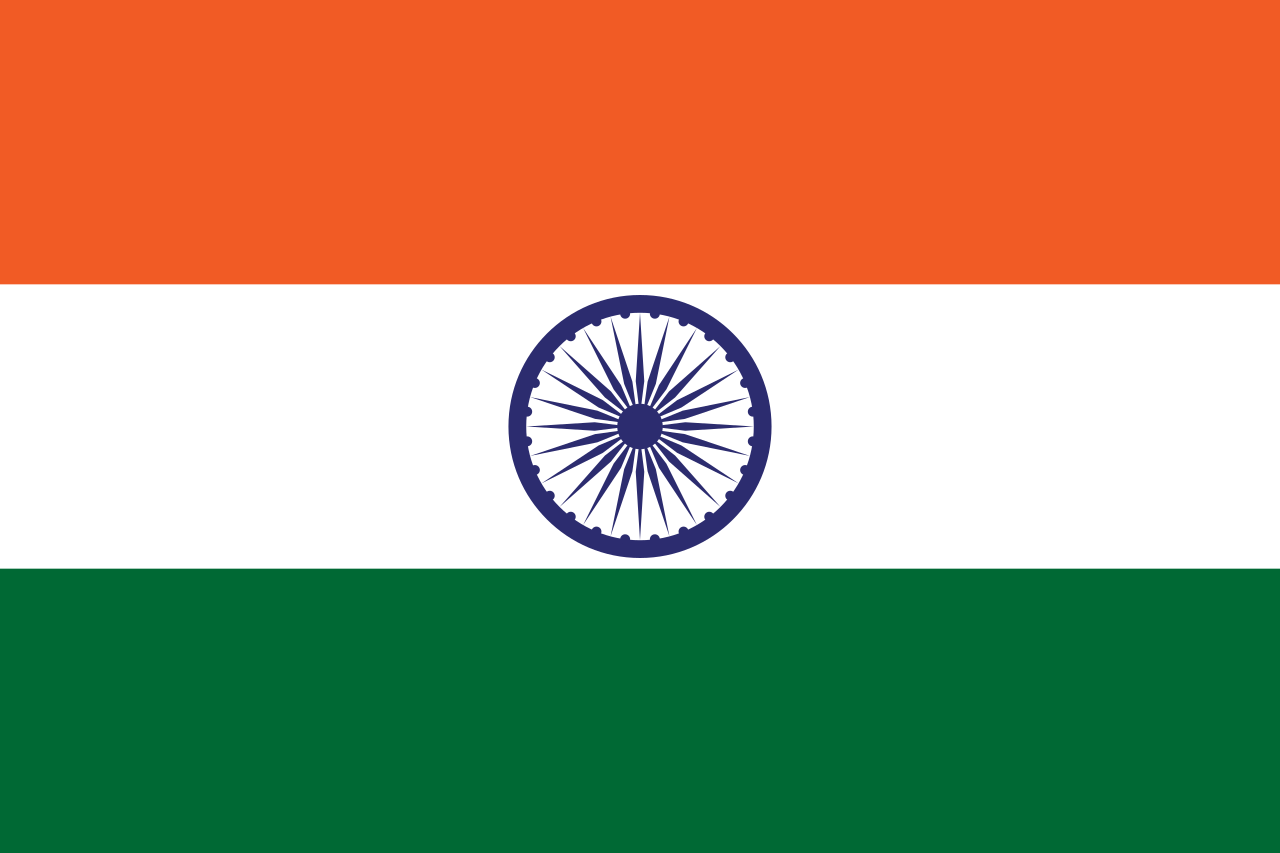
The Katakana version of India is インド (Indo) and the Kanji version is 印度. The first character translates to “symbol / mark” and the second character translates to “degree; limit; counter for occurrences”.
Russia 露西亜
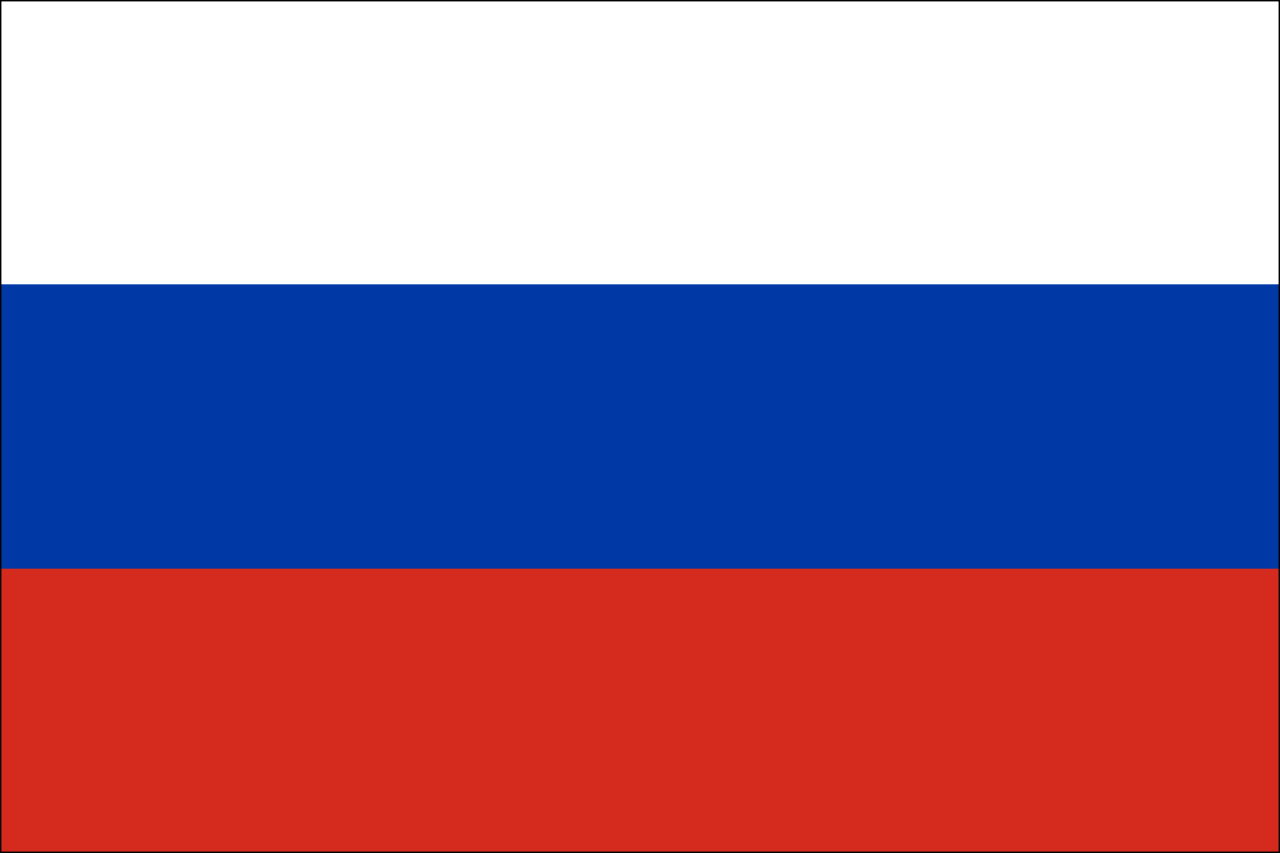
The Katakana version of Russia is ロシア (Roshia) and the Kanji version is 露西亜. The characters translate to “Dew”, “West”, and “Sub-“.
